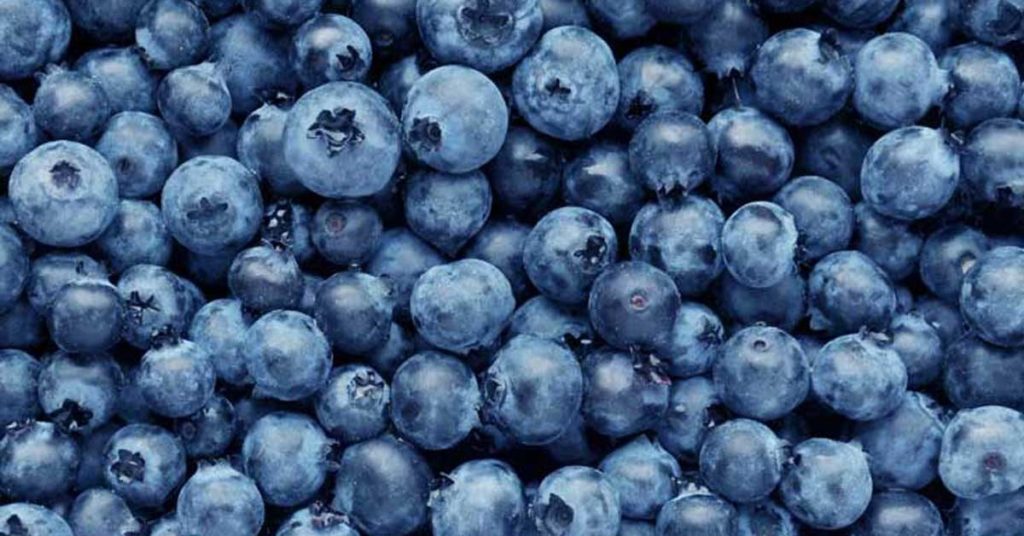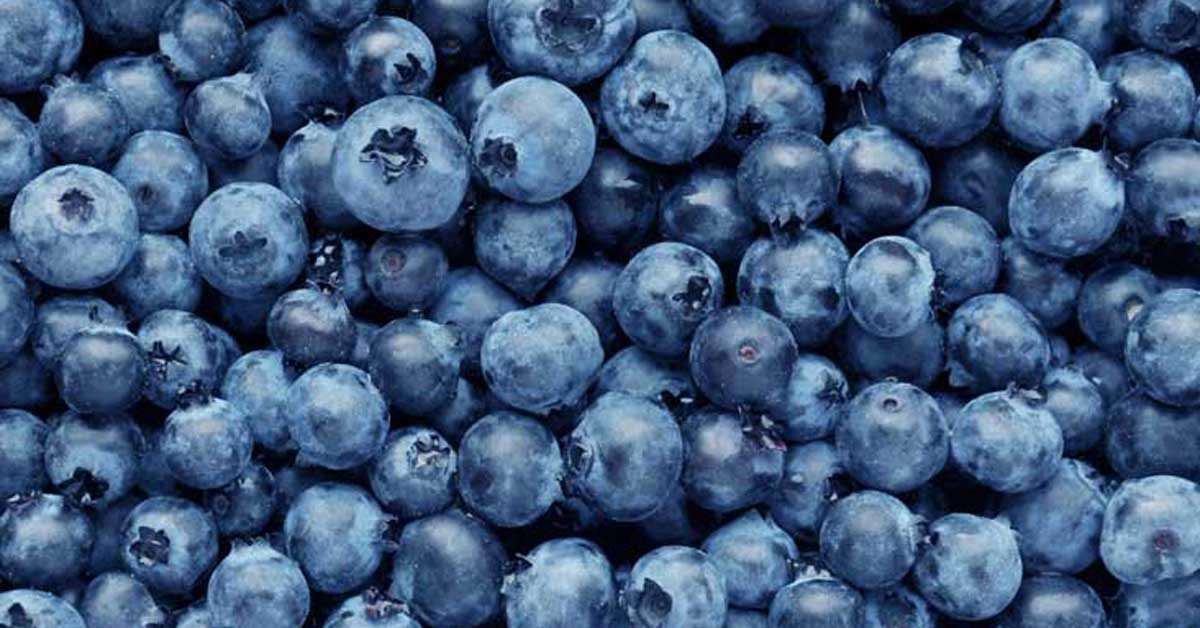By Caleb Goldberg
We recommend plastic bags but if you can afford to purchase some reusable, mesh bags, they are definitely worth the investment and help to keep your produce very fresh.
Summer Squash: The fruits of squash plants, often baked, sauteed, or roasted. The squash in this share is crookneck squash, which is small and bright yellow. Summer squash is quite fragile and does not store well, so handle with care. Can store in a refrigerator for up to four days, after it has been washed and sealed in a plastic bag.
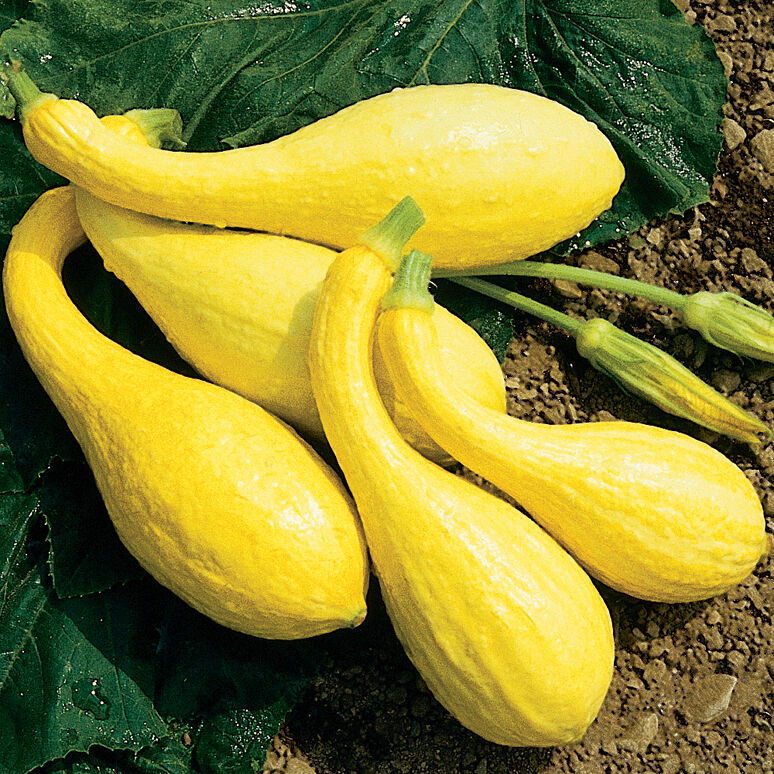
Carrots: A long, orange root that can be eaten raw by itself or in a salad, or can be steamed, roasted, sauteed, or stir-fried. The tops can also be eaten in salads. To store, cut off the leaves and do NOT wash the carrots. The tops can be stored for a week in a sealed plastic bag, if you would like to eat them. Put the carrot roots in a sealed container full of water so they will not dry out. This can either be a tupperware with a lid, or a normal bowl covered in plastic wrap. Place the container in a refrigerator. Every four or five days, drain out the water and put new water in. This will let the carrots store for an entire month.
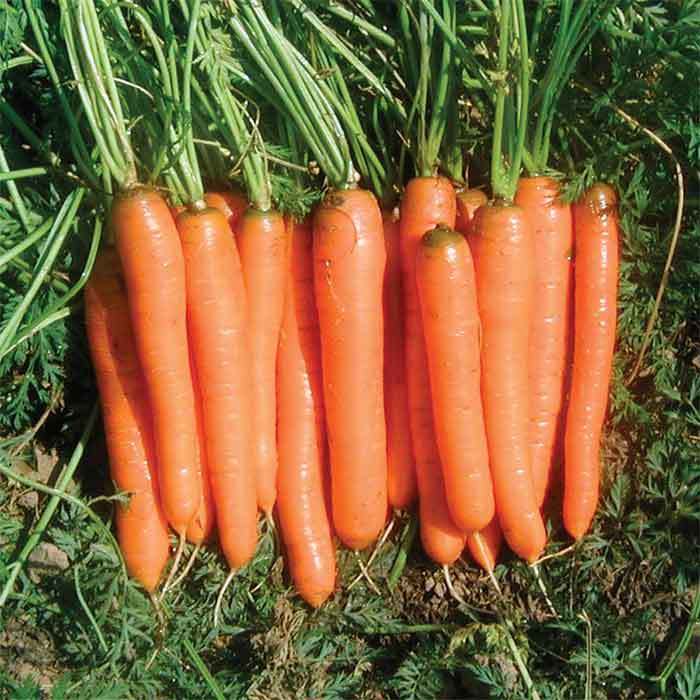
Green Cabbage: Like lettuce, it is a naturally-occuring collection of leaves. The cabbage in this share is in a round shape, in contrast to the more elongated lettuce. Green cabbage can be eaten raw in salads or coleslaw, or can be roasted, stewed, or sauteed. Before storing cabbage, take off any extra leaves that are hanging off of the head. The head should feel as smooth as possible. Then, WITHOUT washing it, wrap the cabbage with moist paper towels, and put the wrapped cabbage in a sealed plastic bag. In a refrigerator, it will last for three or four weeks. Cabbage naturally has a strong smell when stored, so do NOT worry if there is a scent! If it starts to turn slightly brown on the outside, you can pull off those leaves and the rest of the cabbage will most likely still be fresh.
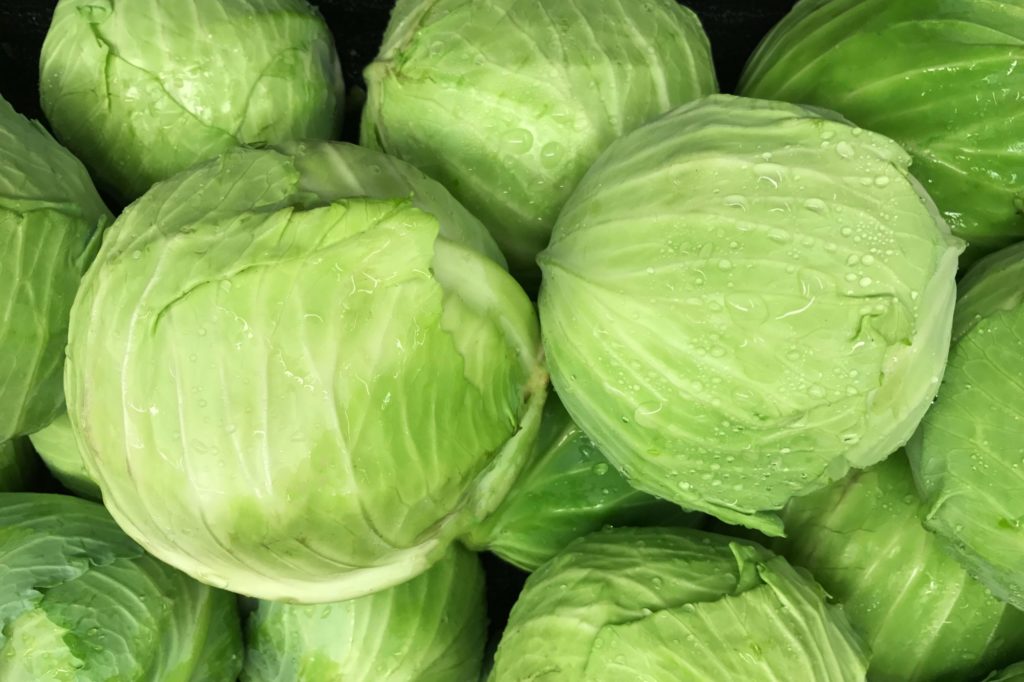
Head of Lettuce: A naturally-growing bunch of leaves popularly eaten in salads. Lettuce comes in many colors, shapes, and sizes, but the lettuce in this share is green, elongated, and about eight to ten inches the long way. Stores much better than many other greens; can last one to three weeks in a refrigerator when sealed in a sealed plastic bag WITHOUT washing first.
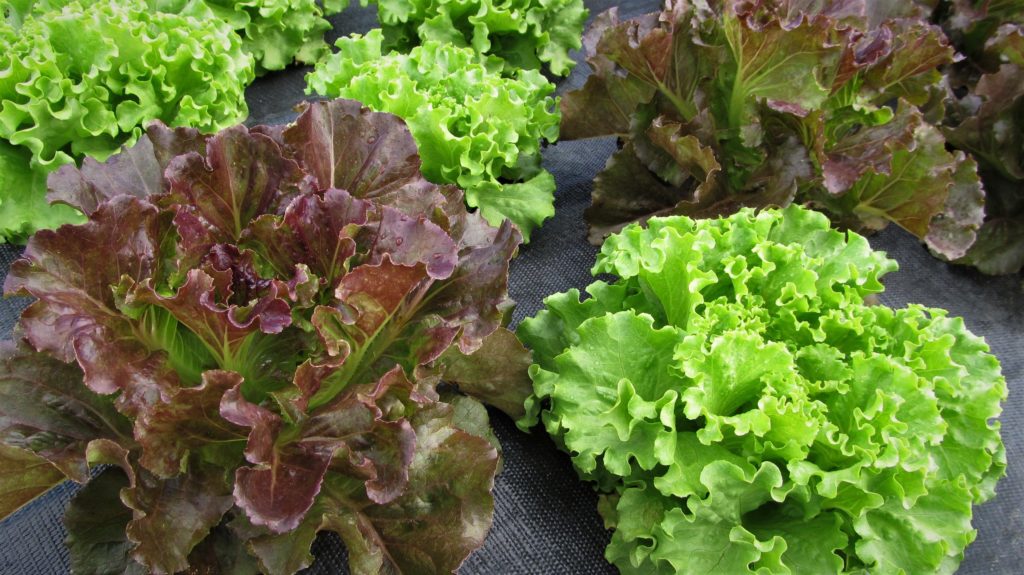
Swiss chard: A bunch of leaves similar to the leaves of beets, but bigger and with thicker stems. Though chard can come in many colors, the Swiss chard in this share has white stems which are thinner than bok choy stems. Swiss chard also has more wrinkled leaves than bok choy. Swiss chard can be eaten raw or salads, sauteed, or put into stir fry. To store it, just put it in a sealed, plastic bag WITHOUT washing first and put the bag in a refrigerator. The Swiss chard will last about five to ten days this way.
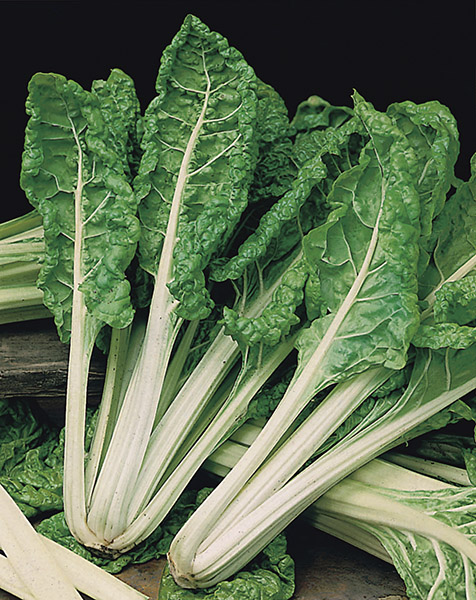
BokChoy: A bunch of green leaves that taste somewhat similar to cabbage. It looks a little like Swiss chard, but has thicker stems and darker, smoother leaves. Bok choy is often eaten in soups and stir fries, and it can also be enjoyed raw in salads and sandwiches. Separate each stem so that none of them are attached to any other stems. Wrap the collection of leaves in paper towels, and then put the wrapped bok choy in a sealed plastic bag. In a refrigerator, the bok choy will last for five or six days.
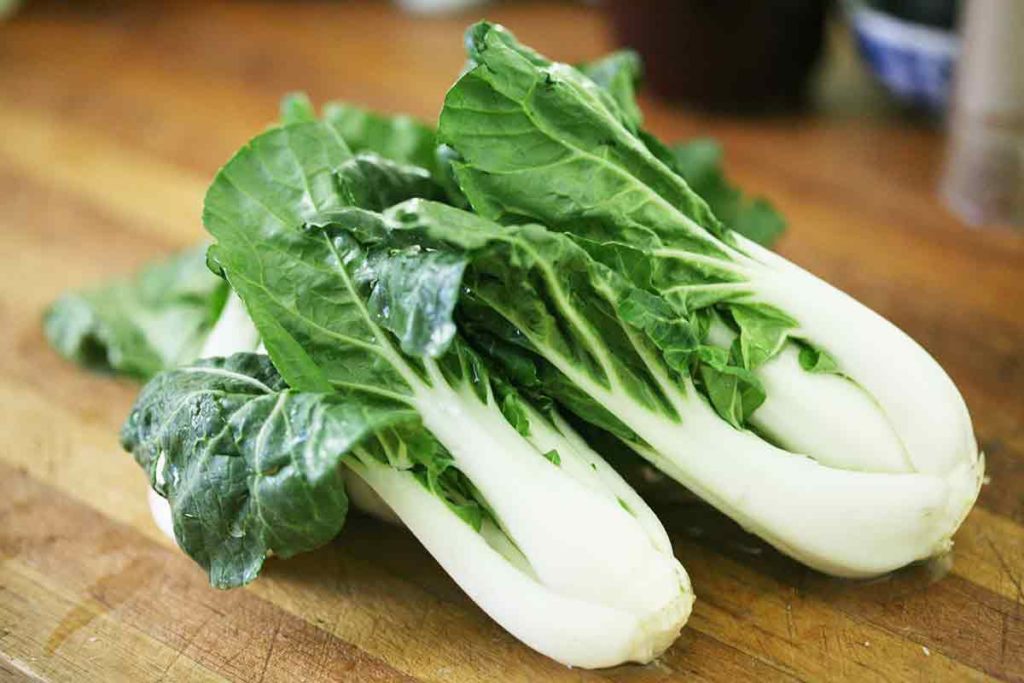
Green Onions: The unripe bulb of an onion plant plus the leaves of that plant. They have a small white bit at the bottom (the bulb), and coming out of this white bit is a collection of long, thin, tube-like leaves. Green onions can be put in stir fries, soups, salads, and meat dishes for a little bit of flavor. Before storing, cut off the roots at the bottom and the tips of the leaves at the top. Wrap the cut green onions in paper towels, and put the paper towels in a sealed plastic bag. They will store in a refrigerator for up to a month this way.
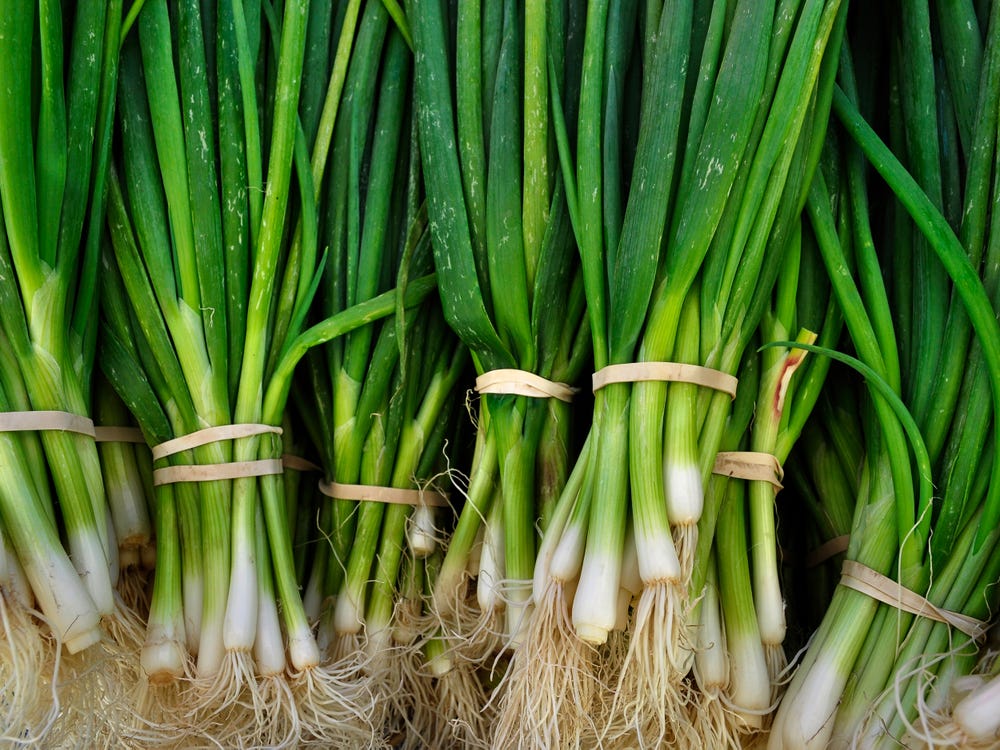
Broccoli: A naturally-occuring bunch of flower buds which can be steamed, boiled, or stir-fried. It can also be cut into smaller branches and eaten raw, especially in salads or dipped in cheese or hummus. Broccoli does not store well and will only last two or three days, so use quickly. Wrap loosely in a paper towel before putting it in the refrigerator. But do NOT put it in a plastic bag or wash it beforehand, because this will make it harder for it to get air.
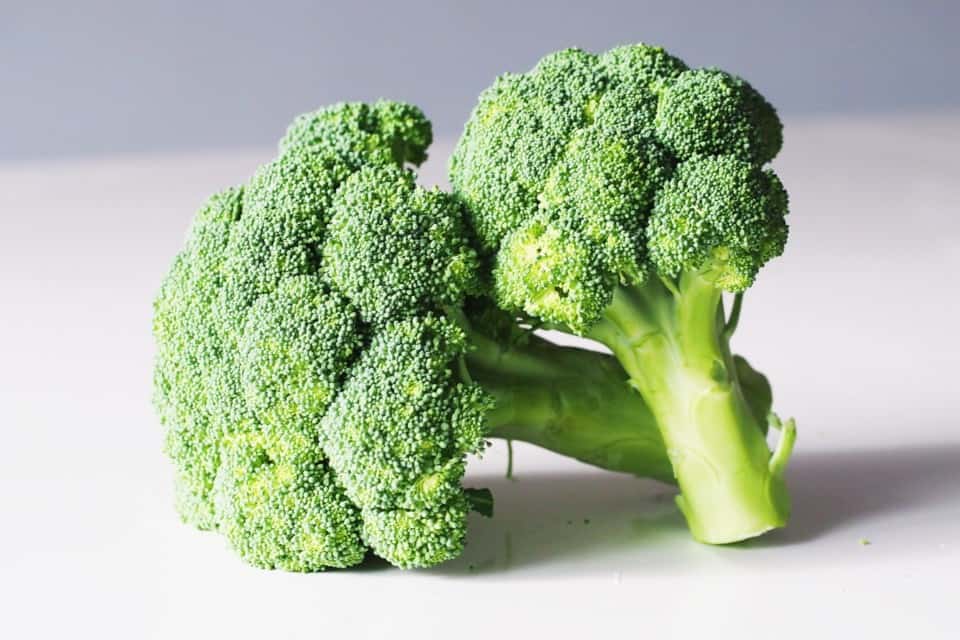
Blueberries: A small, sweet, purplish-bluish, round fruit harvested from bushes. Blueberries are usually eaten raw, but can also be cooked into a sauce or as the filling of a pie. At room temperature without any preparation, blueberries will store for two or three days. If you want them to store for up to ten days, put them in a refrigerator in a container that is NOT sealed. This will let them get the air they need.
